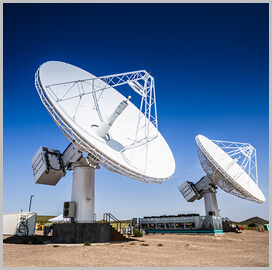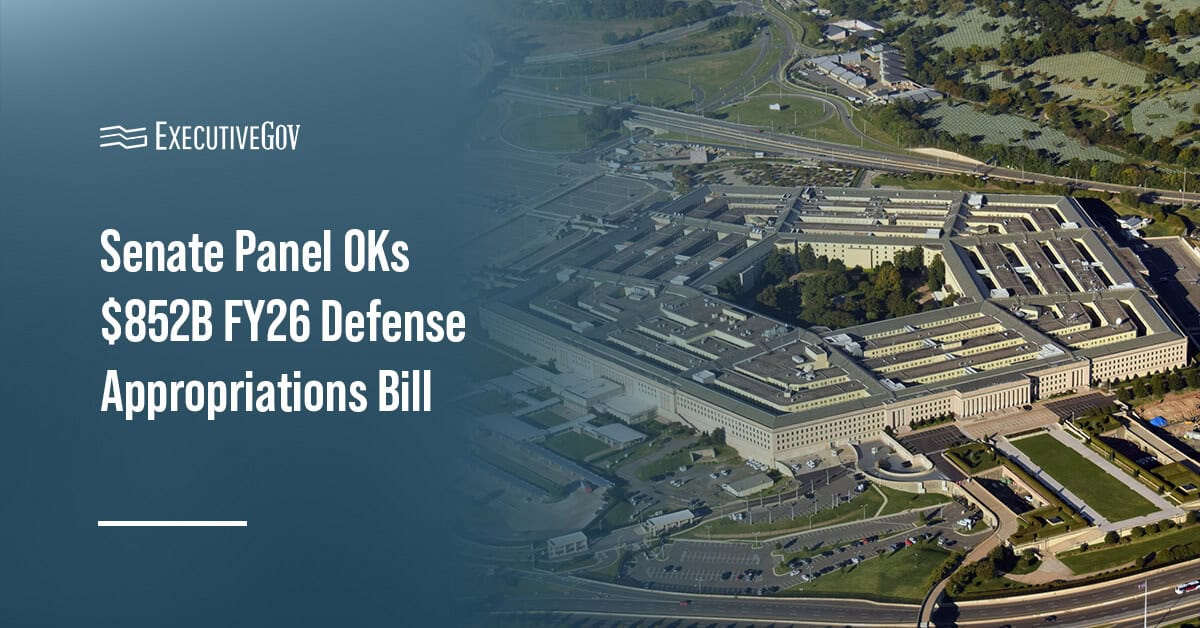Johns Hopkins University’s Applied Physics Laboratory (JHU APL) has developed a radar technology designed to help the U.S. Space Force track satellites and other objects in space.
JHU APL said Thursday that its Deep Space Advanced Radar Concept or DARC technology uses a dish antenna array to demonstrate space object tracking. The laboratory primarily used commercial off-the-shelf hardware to build DARC as a way of reducing technical risks.
“There are potentially many applications for a system that allows coherent synchronization of radars,” said Donna Bush, who manages the DARC program for the laboratory.
APL delivered DARC to the Space Force last year and served as the program’s design agent. DARC builds on a 2009 study conducted by NASA to explore how an array of small antennas can serve as a lower-cost alternative to a single large antenna.
Related Articles
The Senate Appropriations Committee on Thursday voted 26-3 to pass a bill that would appropriate $851.9 billion in discretionary defense funding for fiscal year 2026. Weapons Systems Procurement The committee said Thursday the proposed FY 2026 Defense Appropriations Act would allocate $171.3 billion for weapon systems procurement and $140.5 billion for platform research, development and testing. The measure includes a $280 million increase in funding for F-135 spare engines and an additional $500 million for F-35 sustainment spare parts; an additional $216 million for drone and counter-drone tech capabilities; $4.6 billion more for air and missile defense efforts; and a
NASA wants to team up with industry to develop advanced space technologies for future commercial or government use. The space agency on Wednesday issued an announcement of collaboration opportunity, or ACO, to solicit partnership proposals. Managed by the Space Technology Mission Directorate, the ACO gives industry partners access to NASA subject matter expertise, facilities, software and hardware to accelerate and enhance capability development. According to NASA, the ACO will be open for five years and will serve as an umbrella opportunity for topic-specific appendices that would be released every six to 12 months to address evolving needs. For the 2025
Robert F. Kennedy, Jr., head of the Department of Health and Human Services, and other government and healthcare technology leaders have committed to delivering a patient-centric digital health ecosystem. At an event hosted by the Centers for Medicare & Medicaid Services at the White House, over 60 companies pledged to collaborate and deliver results that benefit the public in the first quarter of 2026. Meanwhile, 11 health systems and providers said they will support patient use. Seven electronic health record companies pledged to facilitate data exchange. According to Kennedy, bureaucrats and entrenched interests have made health data inaccessible to patients,





